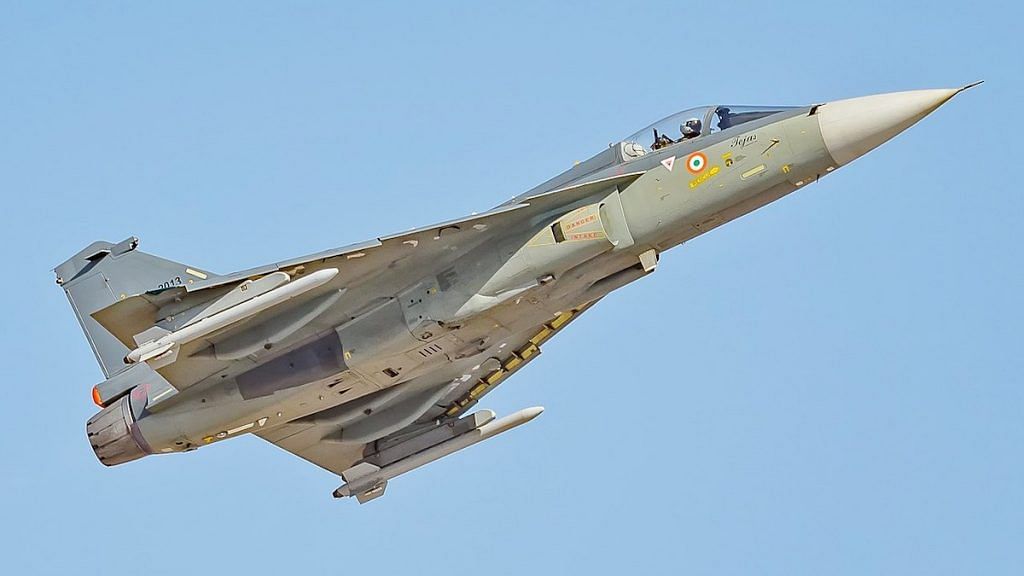Yes, Tejas design incorporates a high wing body fuselage blending implemented from behind, resulting in smooth bouncing off of searching radar waves from behind whether they are x band or l band or aesa or mechanical it does not matter. If Tejas flies low hiding its stores no airborne radar will detect it from beyond 120 kms due to 0.3 sq meter rcs (From above).Internal weapon bays are just as important for aerodynamics(like supercruise) - fighter bays didn't appear on 5th generation, they were a thing before.
Aerodynamic compromise here is a fuller form(more volume, at the expense of fuel), which may or may not be very bulky, depending on the way it's done. It's mostly an efficiency problem, and is mostly solvable(can be compensated) simply through a better engine.
While 4th generation jets were indeed made for maneuverability (it's a broad term, there are so much to it - hornet isn't exactly a king of supersonic maneuvering, for example) - first of all, "true" 4th gens (not 4.5) were made before aerodynamic studies of 1980s (basically taking full use of computer design and flight control) could be applied.
And many of those were done later and were done by nations without sufficient experience for it.
The main aerodynamic (from maneuverability pow) sacrifice of stealth is a relative demise of delta canard(which is the most straightforward way to get maximum out of an unstable fbw aircraft), but it never meant that canard aircraft are the only way to do so.
?
Your photos show that Tejas is a high-wing aircraft.

The smooth upper wing body blending of Tejas gives it enough Stealth to avoid early detection. This kind of upper body blending is only being seen in later generation fighters from sukhoi, rafale, euro fighter typhoon, F-22, PAKFA, and J-20. This high wing body blending is the hall mark of even the fifth gen fighters, reducing the corner reflections from the awacs radars searching from above resulting in lower RCS with missiles and external sores hidden under the wing.
